These examples explain how journalists do their jobs. Think about the decisions journalists are making and the process involved in individual stories. But also consider the bigger picture, such as company-wide or industry-wide policies and processes. Some examples include:
Accuracy and corrections • Breaking news • Labeling and explaining types of content • News literacy • Reporting process • Sourcing • Story selection • Why news matters • Wire service and partner content
See a few stand-out examples in this gallery, and scroll down for a longer list to get inspired.
Looking for additional help on how to implement similar ideas in your newsroom? Check out the below resources.
“HOW NEWS WORKS” HIGHLIGHTS
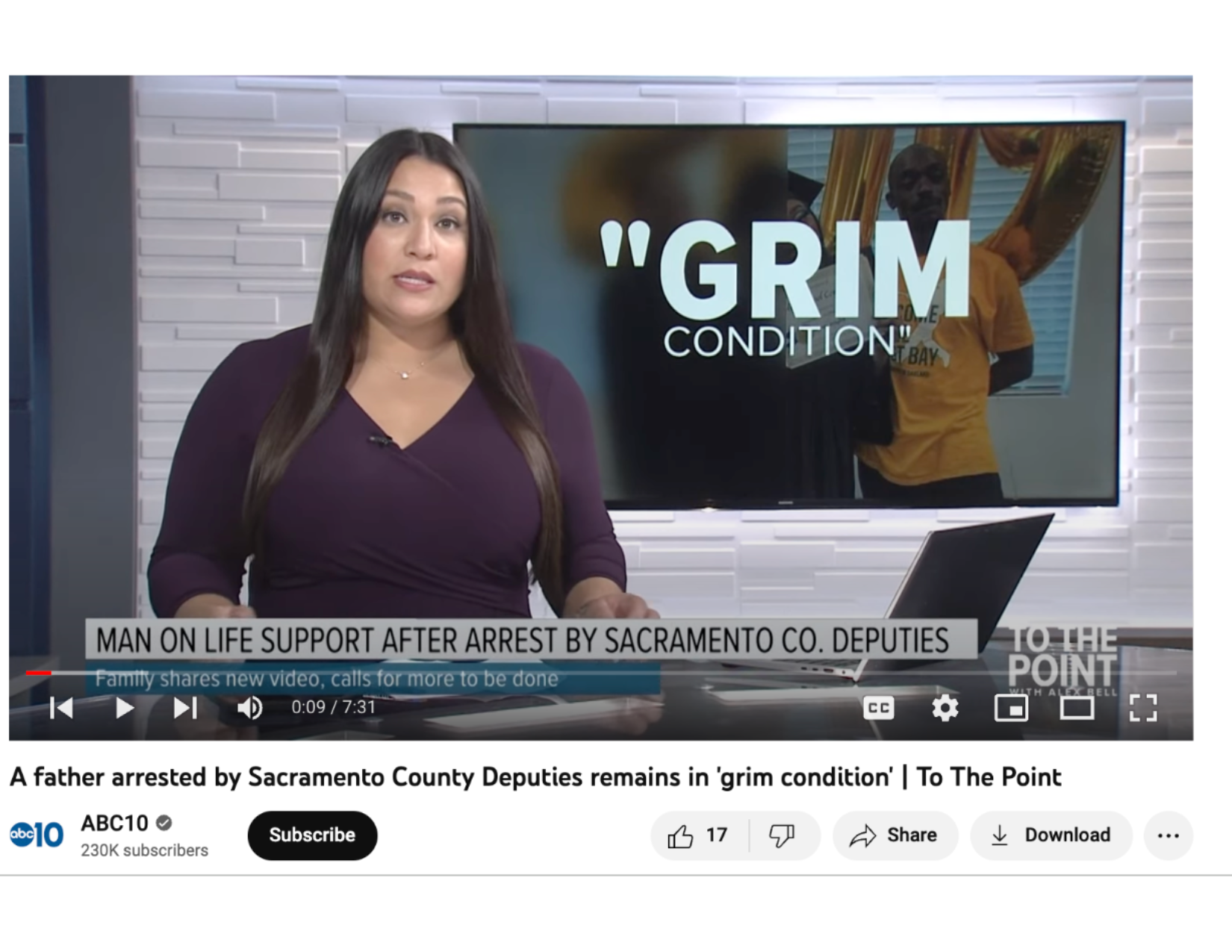
In an on-air story about a man who was injured while being taken into police custody, anchor Alex Bell at ABC10 explained why the story was done, how the newsroom took their time and how the journalists worked to be fair.
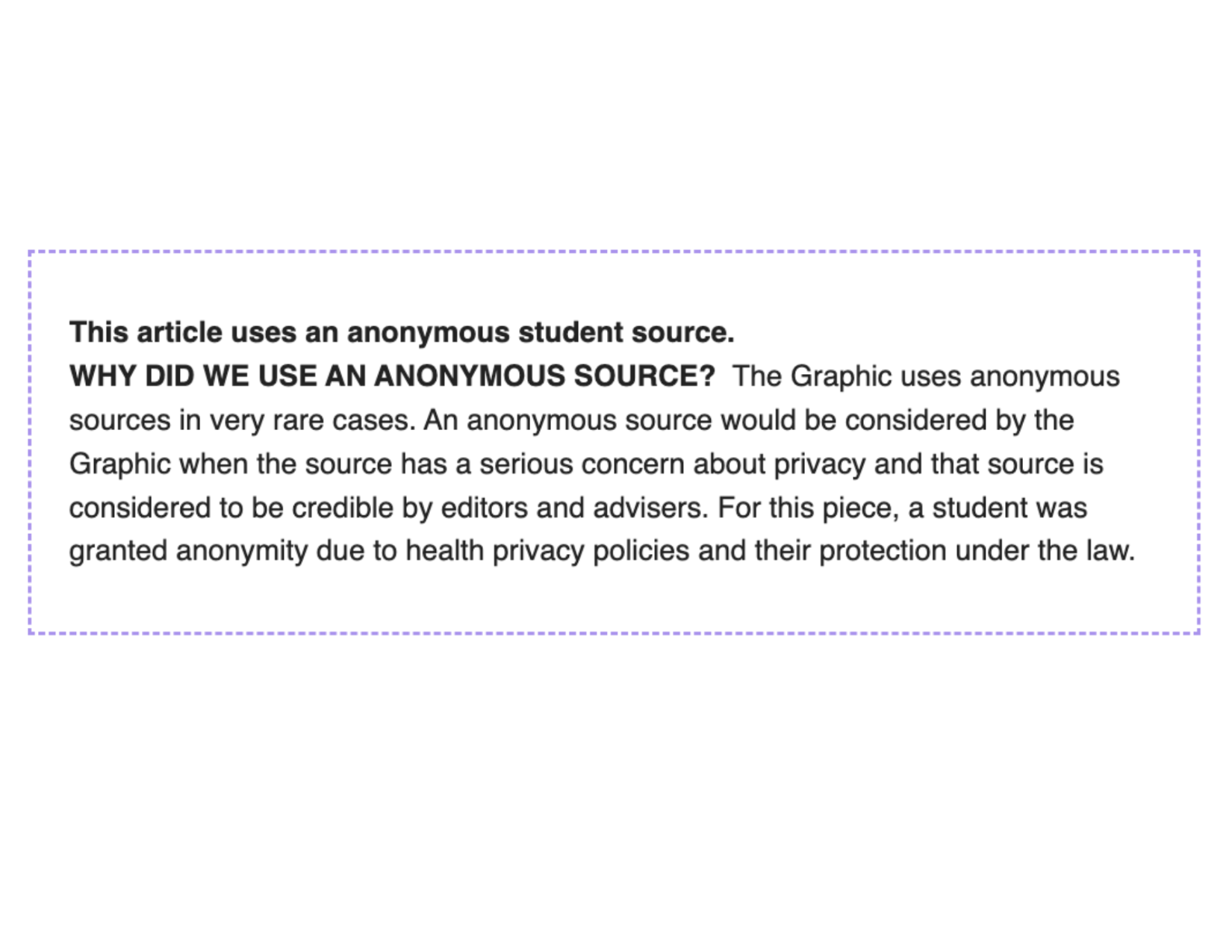
When including a story about Covid vaccines in their newsletter roundup, The Graph at Pepperdine University included a box in their newsletter that explained why they had included anonymous sources in the story.
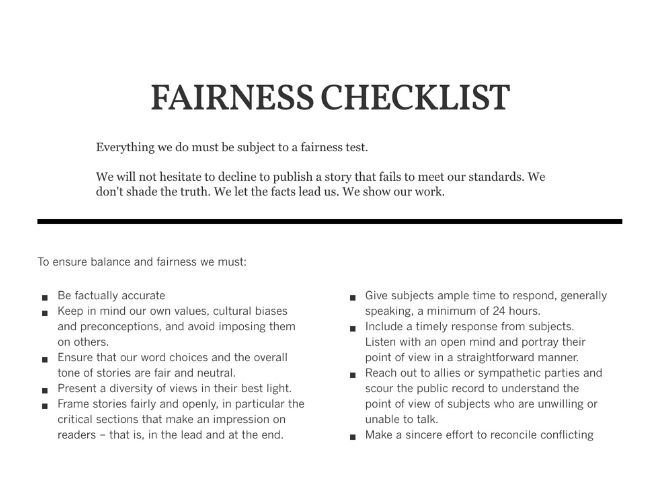
San Diego Union Tribune created a reporter fairness checklist to ensure they’re being fair, consistent and transparent in their reporting.
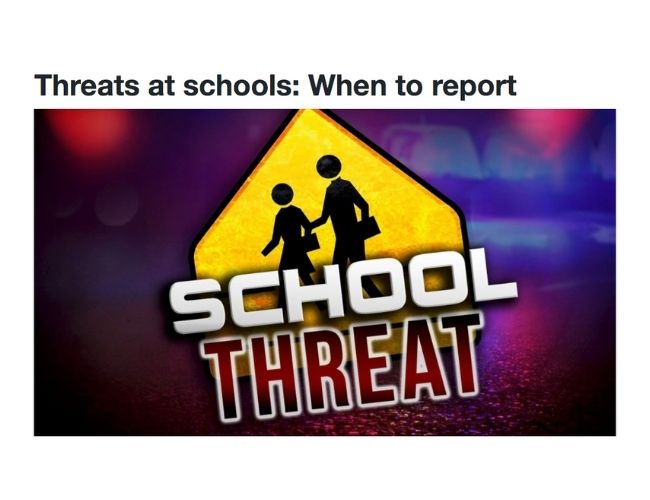
KCRG explains what they don’t cover when it comes to crime coverage, specifically addressing why they don’t report on unconfirmed school threats.
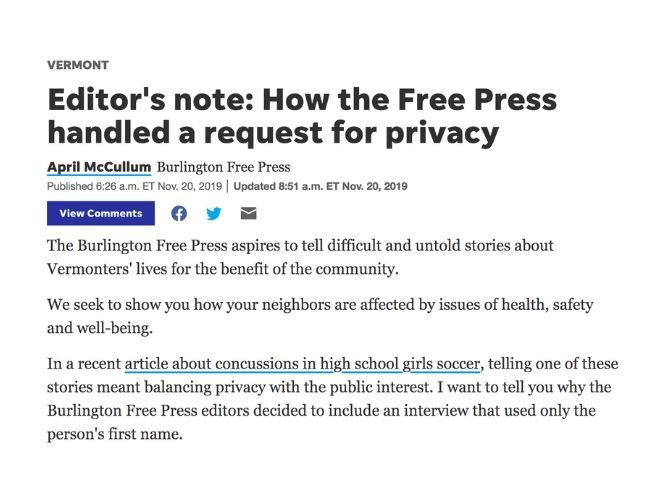
The Burlington Free Press explained why the newsroom decided to use an unnamed source in a big investigation.
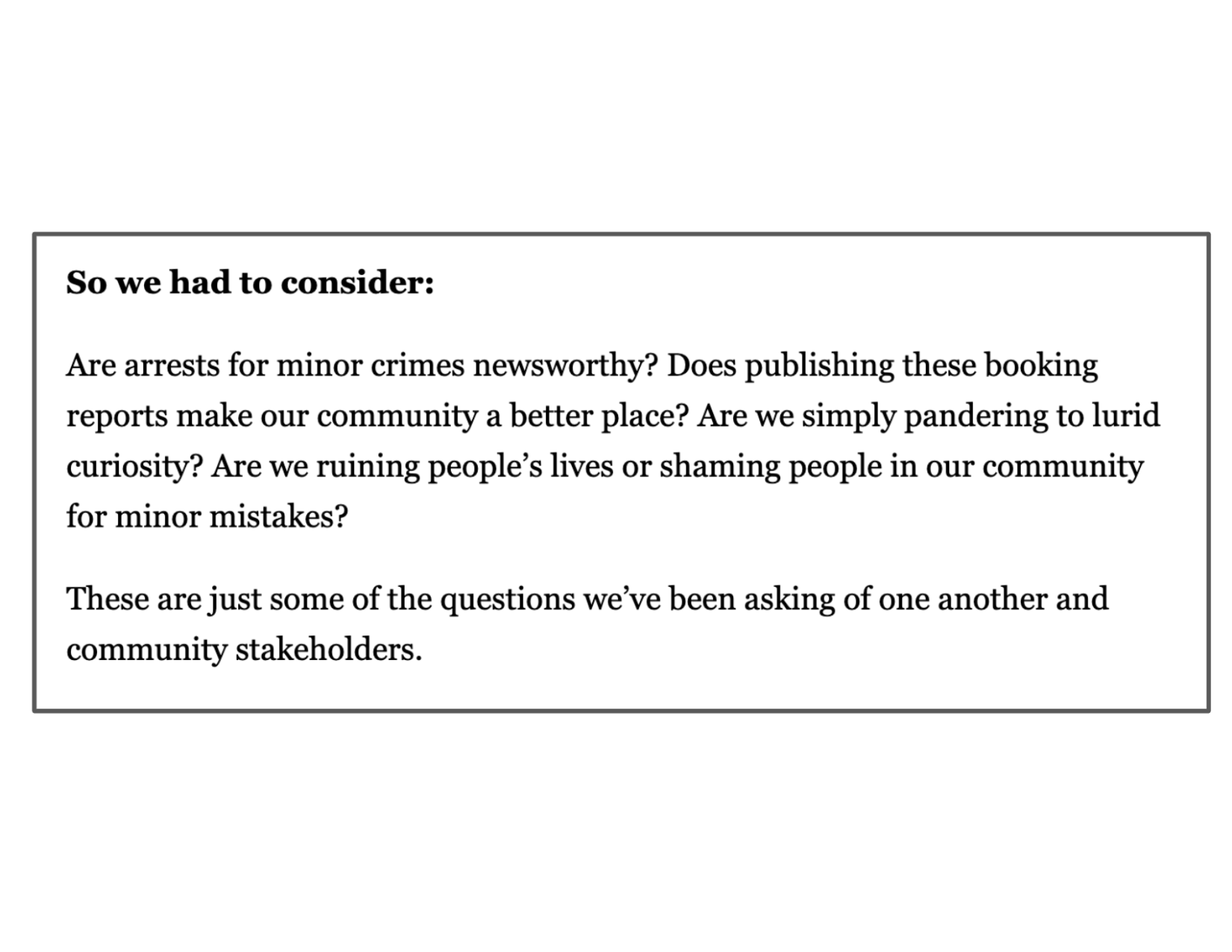
WTXL decided to stop publishing mugshots in the majority of its crime stories. They published a column explaining that the decision was out of a commitment to “tell stories that go beyond the irrelevant and isolated stories on the crime beat.”